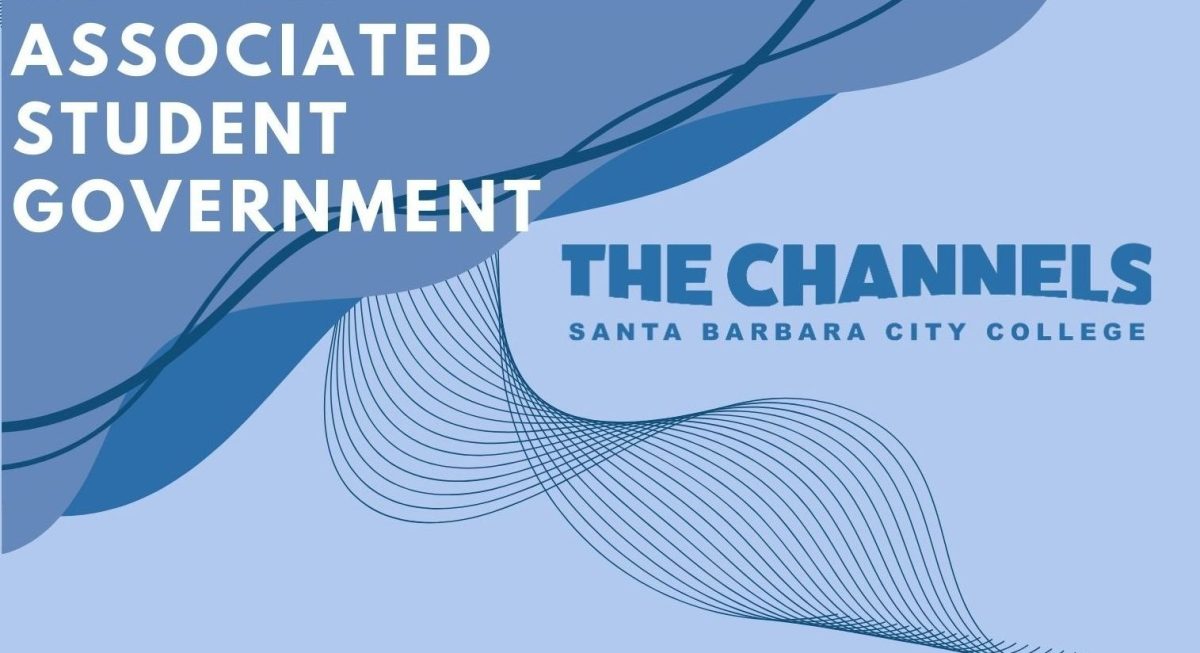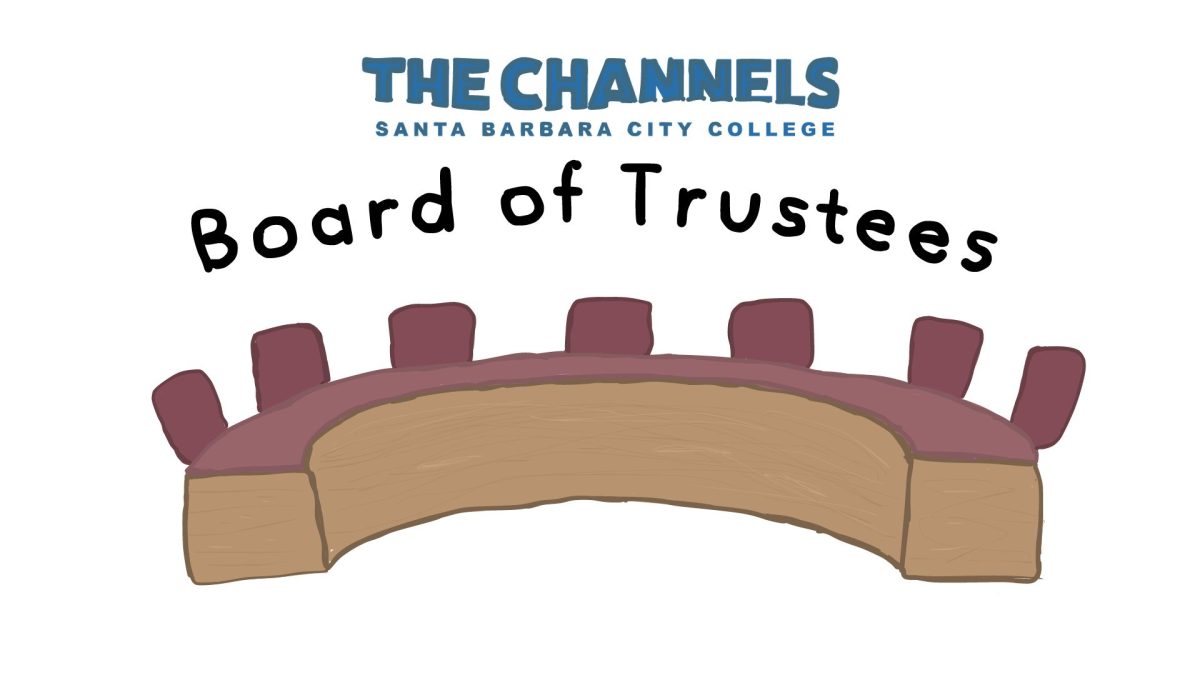The college Bookstore is grappling with tardy instructors and the need to make enough profits to sustain itself while facing student anger over rising costs of textbooks.
John Lorelli, Bookstore manager since 1990, estimates that each semester, book prices rise 4 to 7 percent. Students with 12 units or so spend between $300 and $400 on textbooks per semester.
“It’s overwhelming,” said Ricardo Valladares, an auto mechanic student who found an $80-dollar textbook too expensive and was looking for a used book for at least half the price.
Lorelli said book prices are rising because faculty sends late book orders and publishers change editions approximately every two years and destroy all old editions.
Denise Williams, textbook buyer, said 47 percent of book orders for the spring semester of 2004 came back by Oct. 24, the due date.
However, Dean Nevins, instructor of Computer Science, said the book order comes too early.
“You are not planning for the new semester so early so consequently the request goes on the bottom of the pile and you forget about it,” he added.
Usually, 80 to 85 percent of the faculty return book orders after the Bookstore staff call each late instructor before buyback begins, Williams said.
This year, buyback starts Dec. 11. If the bookstore doesn’t have the complete list by then, students cannot get half their money back for used books even though the books may be used next semester, Lorelli said.
On Oct. 22 Lorelli spoke to the Academic Senate explaining the importance of timely book orders.
Instructors have a much better understanding of how book prices can be affected by “our timely (or tardy) return of the order forms,” and we’re committed to meeting those deadlines, said Barbara Bell, assistant professor English and academic senator.
Late orders are also a problem because the Bookstore competes with 4,000 bookstores for used textbooks. Lorelli said if more book orders are on time, the bookstore can buy more used books.
Every semester, the bookstore contracts with a company that purchases approximately $250,000 worth of books on the buyback list at half price. The company also buys 500,000 books for itself hoping to sell to other colleges but never pays more than 30 percent of the cost for them. Students pay up to 75 percent of the cost of a new book if these books are required later.
After buyback, Lorelli subtracts the number of used books from the number of required books. He orders new books based on this new number.
“A lot of people come in with the perception that the whole purpose of the Bookstore is to screw students,” said Lorelli. “But it is the students’ best friend.”
Lorelli reduced the gross profit margin on books from 26 to 24 percent in 1992. For books costing $50 or more, the margin is 20 percent, the lowest in the area.
The Bookstore is run without funding from the college because the California Education Code requires college bookstores to be self-supportive.
After deducting salaries and maintenance costs, the Bookstore nets 7 cents for every dollar that they take in, Lorelli said.
Bookstore staff uses this money to fund reserve books for the Library and contributes to the student causes, including funding eight $250-book scholarships per semester and paying for the Cafeteria remodeling.
A subsequent article will discuss the role of publishers and packaged material in increasing textbook prices.
Price not right
Mangai Pitchai, Staff Writer
December 5, 2003
Story continues below advertisement
More to Discover







